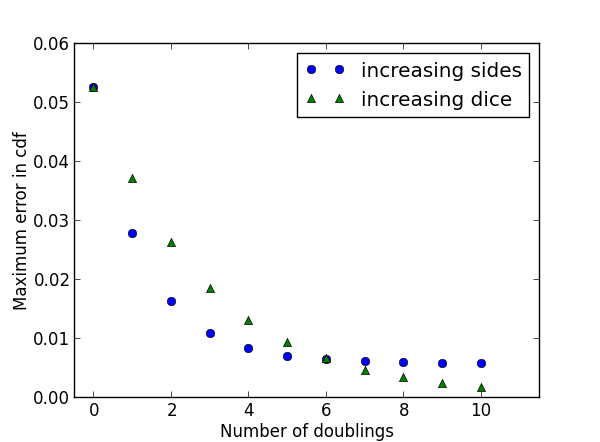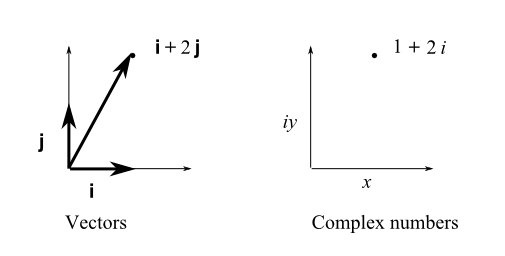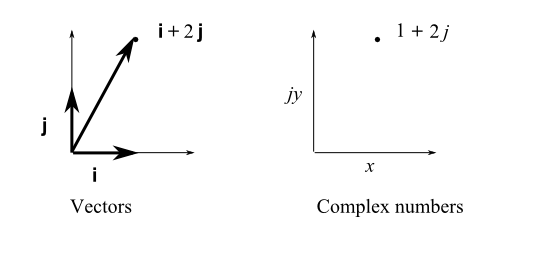I was playing around with SymPy, a symbolic math package for Python, and ran across nsimplify. It takes a floating point number and tries to simplify it: as a fraction with a small denominator, square root of a small integer, an expression involving famous constants, etc.
For example, suppose some calculation returned 4.242640687119286 and you suspect there’s something special about that number. Here’s how you might test where it came from.
>>> from sympy import *
>>> nsimplify(4.242640687119286)
3*sqrt(2)
Maybe you do a calculation numerically, find a simple expression for the result, and that suggests an analytical solution.
I think a more common application of nsimplify might be to help you remember half-forgotten formulas. For example, maybe you’re rusty on your trig identities, but you remember that cos(π/6) is something special.
>>> nsimplify(cos(pi/6))
sqrt(3)/2
Or to take a more advanced example, suppose that you vaguely remember that the gamma function takes on recognizable values at half integer values, but you don’t quite remember how. Maybe something involving π or e. You can suggest that nsimplify include expressions with π and e in its search.
>>> nsimplify(gamma(3.5), constants=[pi, E])
15*sqrt(pi)/8
You can also give nsimplify a tolerance, asking it to find a simple representation within a neighborhood of the number. For example, here’s a way to find approximations to π.
>>> nsimplify(pi, tolerance=1e-5)
355/113
With a wider tolerance, it will return a simpler approximation.
>>> nsimplify(pi, tolerance=1e-2)
22/7
Finally, here’s higher precision approximation to π that isn’t exactly simple:
>>> nsimplify(pi, tolerance=1e-7)
exp(141/895 + sqrt(780631)/895)



